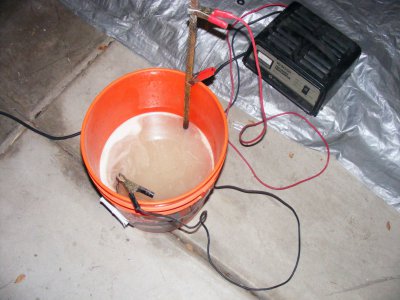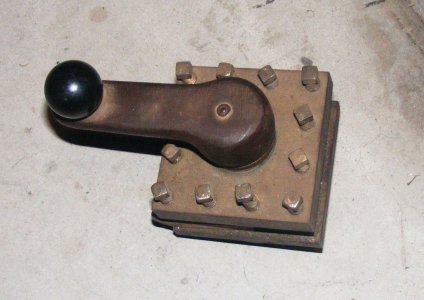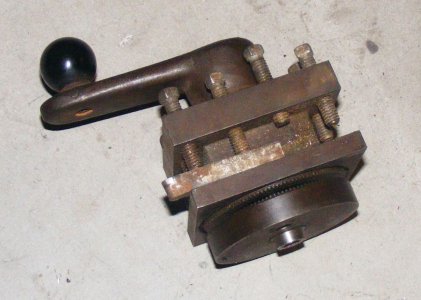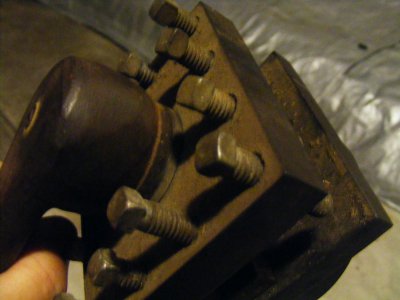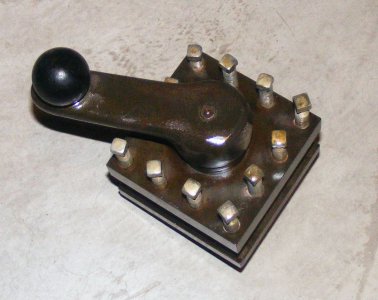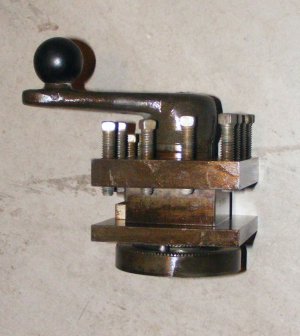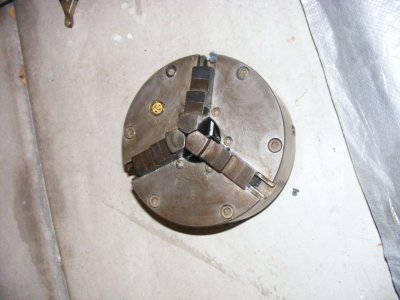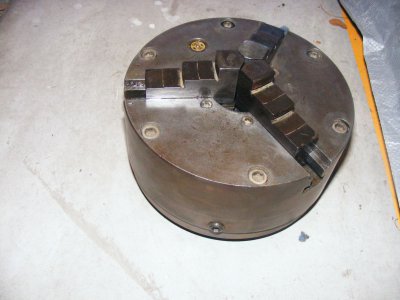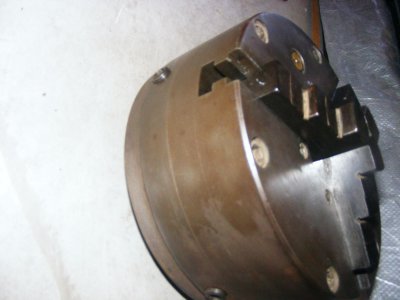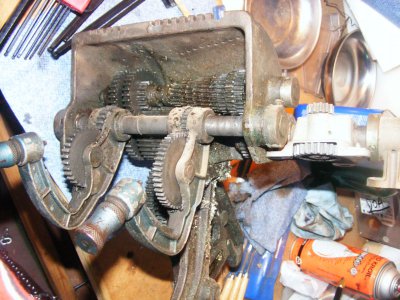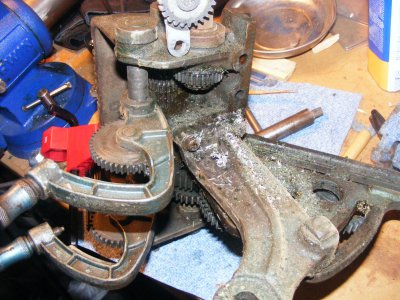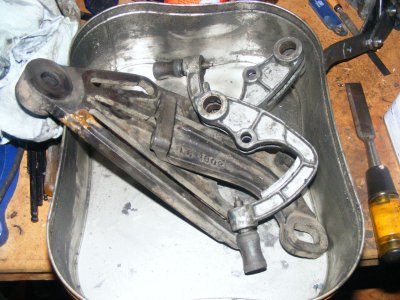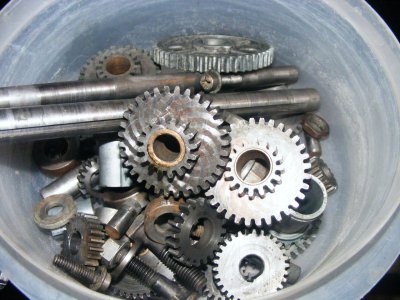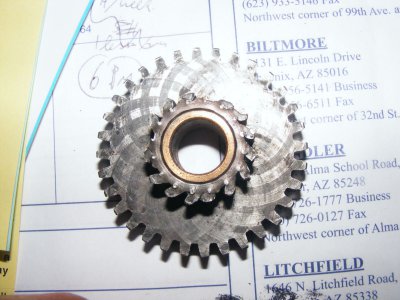- Joined
- Jan 31, 2012
- Messages
- 212
Craftsman 12x36 101.27440 Resto started and gloat
Well, I finished my inside gate project yesterday (does it qualify as a machining project? I drilled and tapped six holes on my XLO mill.)
Of course I had to do SOMETHING to the lathe, so I started with that big chuck that came on it.
It turns out it is a Buck Chuck Ajust-Tru (this is the correct spelling) 7.5" 3-jaw (model #4733).
This deal gets better by the day!
Apart from surface rust and dried-out grease it seems good as new. I will de-rust it soon.
Here are the pictures.
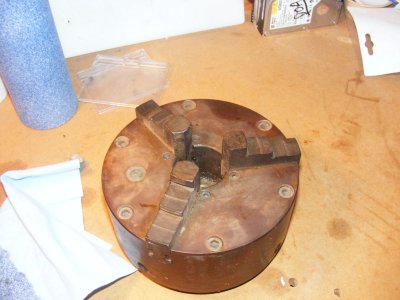
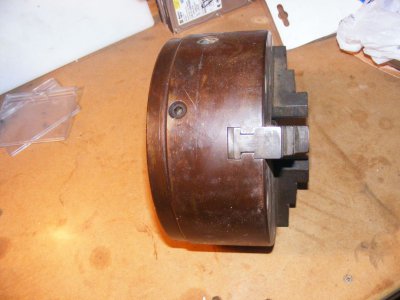
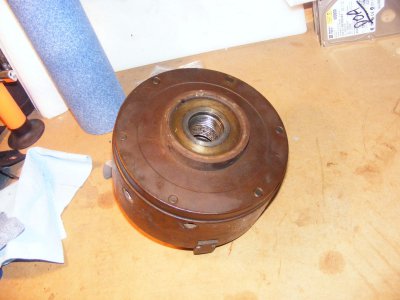
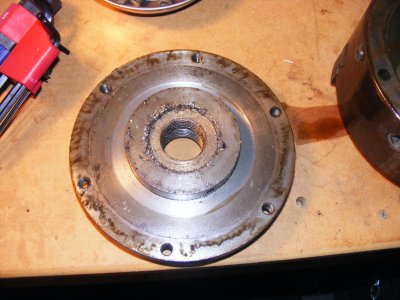
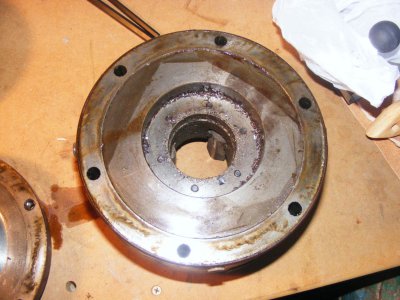
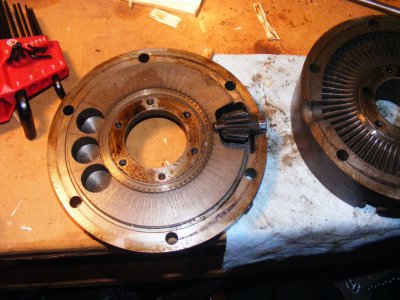
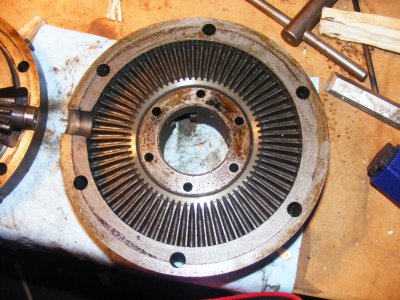
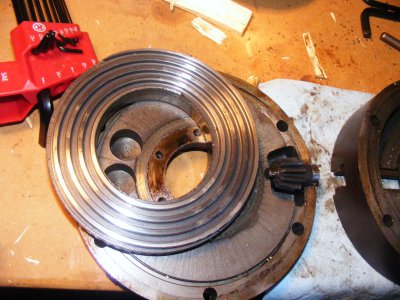
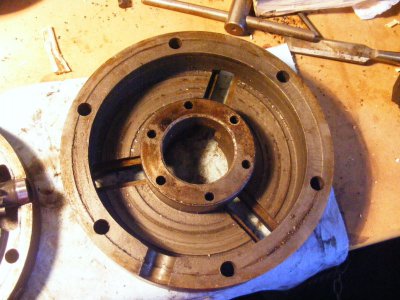
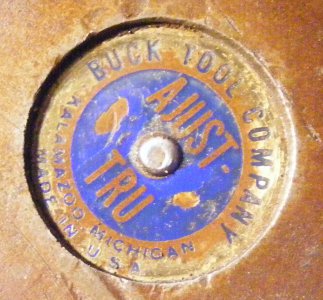
Well, I finished my inside gate project yesterday (does it qualify as a machining project? I drilled and tapped six holes on my XLO mill.)
Of course I had to do SOMETHING to the lathe, so I started with that big chuck that came on it.
It turns out it is a Buck Chuck Ajust-Tru (this is the correct spelling) 7.5" 3-jaw (model #4733).
This deal gets better by the day!
Apart from surface rust and dried-out grease it seems good as new. I will de-rust it soon.
Here are the pictures.












